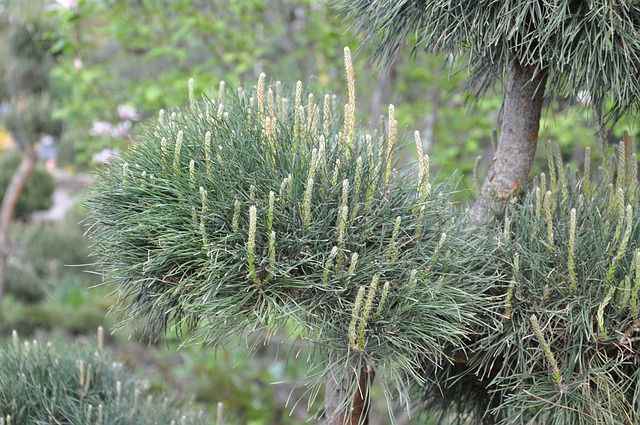Ephedra

Division: Gnetophyta
Class: Gnetopsida
Order: Ephedrales
Family: Ephedraceae
Genus: Ephedra
Occurrence
Ephedra is a dry plant. Its found in Europe, western and central Asia, and Central and South America. It’s also found in the arid areas of Pakistan. Ephedra is a source of drug ephedrine. Asthma, cough, and hay fever are treated by it.
General structure (vegetative structure)
The plant body of Ephedrais sporophyte is a bushy plant. Sometimes, it becomes a climber. Its height is ranging from 1 to 25 feet. The organization is divided into root stems and leaves.
Stem
- Stem and branches are slender and green in color.
- It has longitudinal ridges and furrows.
- The stem becomes woody due to the limited secondary growth.
- In some cases, underground rhizomes are also produced. The branches arise from axillary buds. Their arrangement gives the plants characteristic bushy and broom-like appearance.
Apical meristem produces
Nodes and internodes: Meristematic tissues are also present at the base of each internode. Their activity further increases the length of the stem. Sometimes, meristematic tissue becomes hard at the end of the growing season.
Thus many branches fall. The axillary shoot replaces these branches. It gives a bushy appearance to the plants—the ridges and furrows of the successive internodes alternate.
Leaves :
The leaves are scale-like. They are opposite and arranged in pairs. The sheets of each team joined with each other at their bases. It forms a small sheath around the stem.
Roots :
The primary source grows deep in the soil. It develops many secondary roots.
The internal structure of the stem
The stem has ridges and furrows. So it has a wavy outline in the transverse section.
- Epidermis: The stem covered by heavily cutinized skin. The epidermis has stomata. They are present in pits in the region of furrows. A group of sclerenchymatous cells is currently below the epidermis in the area of each ridge.
- Cortex: the cortex is full. It formed of parenchymatous cells. These cells have chloroplasts. Thus the cortex of the stem is the primary photosynthetic tissue of ephedra. The cells of the peripheral region of the cortex are loosely arranged and form a palisade layer. The cells in the inner area of the cortex form the spongy tissue.
- Stele: the central part of the stem is the stele. It is surrounded by endodermis broad pith is present in the center of the stele. The vascular bundles are collateral and endarch. They form a ring around the pith. The vascular bundles include a continuous circle due to the narrowness of medullary rays. The xylem in ephedra has real vessels as angiosperms Phloem consists of the usual phloem parenchyma and the sieve tubes. But they are without any companion cells. Secondary growth occurs due to the activity of cambium. It produces prominent annual rings.
- Cork: phellogen (cork cambium) provided in the older stem. It forms periderm. The outer periderm transformed into the bark.
The internal structure of the leaf
Leaf of ephedra has a simple internal structure. It is bounded by a single-layered epidermis. It is composed of radially elongated parenchyma cells.